By Anne McMillin
With the upcoming move into the South Maine Street building, changes are afoot in the county’s Public Works & Planning department. Namely, the Building Department was re-incorporated under the umbrella of Public Works and Planning as it was in the early 2000s, with an updated department name: Public Works, Planning & Building.
With a broad scope of work, the Public Works, Planning & Building Department’s responsibilities include administering building permits and inspections, Federal Emergency Management Act regulations, agriculture protection, assigning street addresses, business license administration, code enforcement of zoning and development standards, GIS coordination, implementation of the master plan, land division, land use and development, conservation programs to protect agriculture and water resources protection.
The Public Works, Planning & Building Department also supports the County’s Planning Commission and Sending Site Committee.
One of the county’s tools for protecting agriculture and natural resources is the Transfer of Development Rights (TDR) program. This program provides a voluntary, incentive-based process for permanently preserving rural resources that provide community benefits such as agriculture preservation, open spaces, aquifer recharge for water supply, and a buffer area around NAS Fallon.
The program primarily provides farmers near NAS Fallon the opportunity to work with the Navy and county to sell their development rights and establish a conservation easement on the property that ensures continued agricultural use. The Sending Site Committee primarily reviews TDR applications.
The Building and Inspection office reviews construction plans and issues building permits. It also performs field inspections for residential, commercial, and industrial construction projects, including manufactured homes, in the county's unincorporated areas. The office permits and inspects the construction of residential septic systems, both new systems, and repairs to existing systems. Information on building codes and design criteria is available in the building office.
Churchill County Code requires a person, firm, corporation, or association that engages in any business, trade, calling, industry, occupation, or profession in the county to obtain the necessary licenses and permits. Anyone wishing to start a business should contact the department before conducting business to verify that the proposed business is permitted in the zoning district where the property is located. A county business license is required for businesses that don’t have a physical location in the county but perform work in the county. Please first obtain a city business license at City Hall, 55 West Williams Avenue, for businesses inside the City of Fallon city limits.
The 2020 Churchill County Master Plan provides the framework for decision-making on matters related to growth and development. The Master Plan focuses on land use and development issues facing Churchill County and establishes goals and policies that address countywide issues and concerns.
All land in Churchill County is assigned one of five zoning districts: agriculture, residential, commercial, industrial, or rural resources. Agriculture is permitted in all land use districts in the county. Those listed with an agriculture heading are also residential. Within these groups, there are a total of 10 zoning districts. Use the Zone Map App on the county’s web maps page to see how your property is zoned.
The Land Use Table shows the allowed uses determined by the property's zoning district. It also indicates the type of permit required. Staff approves some permits, and the Planning Commission approves some.
Many users do not need a special permit but can be allowed through a zoning review, which is a quick review of the plans by staff to ensure the code requirements will be met. For some simple projects, this happens with the building permit review.
Water is a limited and invaluable resource, particularly in a desert environment with less than five inches of annual precipitation. The primary source of water for Churchill County’s largest population is drawn from an underground aquifer beneath the Lahontan Valley, known as Hydrographic Basin 101. The State of Nevada has designated our aquifer as over-appropriated, so no new water rights are being issued. Aquifer recharge relies on precipitation, seepage from the Carson River, leakage from the network of canals and drains within the Newlands Project, and irrigation.
The protection of this precious resource is of paramount importance, and retention of surface-water rights to sustain recharge is vital. Therefore, the County requires that all new developments dedicate water rights to the County so that a healthy aquifer will be maintained and a sustainable water supply will be secured for future generations.
In 2005, Churchill County took over ownership and operation of the Pine Grove Wastewater Treatment Facility to accommodate rapid development in the area and prepare to construct more extensive, more efficient wastewater treatment facilities.
Churchill County's first water treatment facility, the Sand Creek Water Treatment Plant, began operation in September 2007. The treatment facility was designed to meet water quality standards as required by the Safe Drinking Water Act and has replaced water systems that were becoming obsolete in several subdivisions, mobile home parks, and commercial businesses along the westward corridor of Highway 50. Sand Creek currently services several hundred homes and businesses, with the ability to expand to 1,000 to 1,500 customers.
The Moody Lane Regional Water Reclamation Facility was completed in 2009, and it is sufficient to meet the demands within the county's service area for 20 to 30 years.
Randy Hines, a longtime Churchill County resident, leads the Public Works Planning & Building department. A construction industry veteran, Hines came to the county from Lumos and Associates, a local civil engineering firm, where he worked for 20 years in civil design and project coordination and assisted in construction management roles. Relatively new to the role, Hines is assisted by a staff of six.
The department is currently located in the county administration building, 155 N. Taylor Street, but will be moving to 270 South Maine Street later this summer.


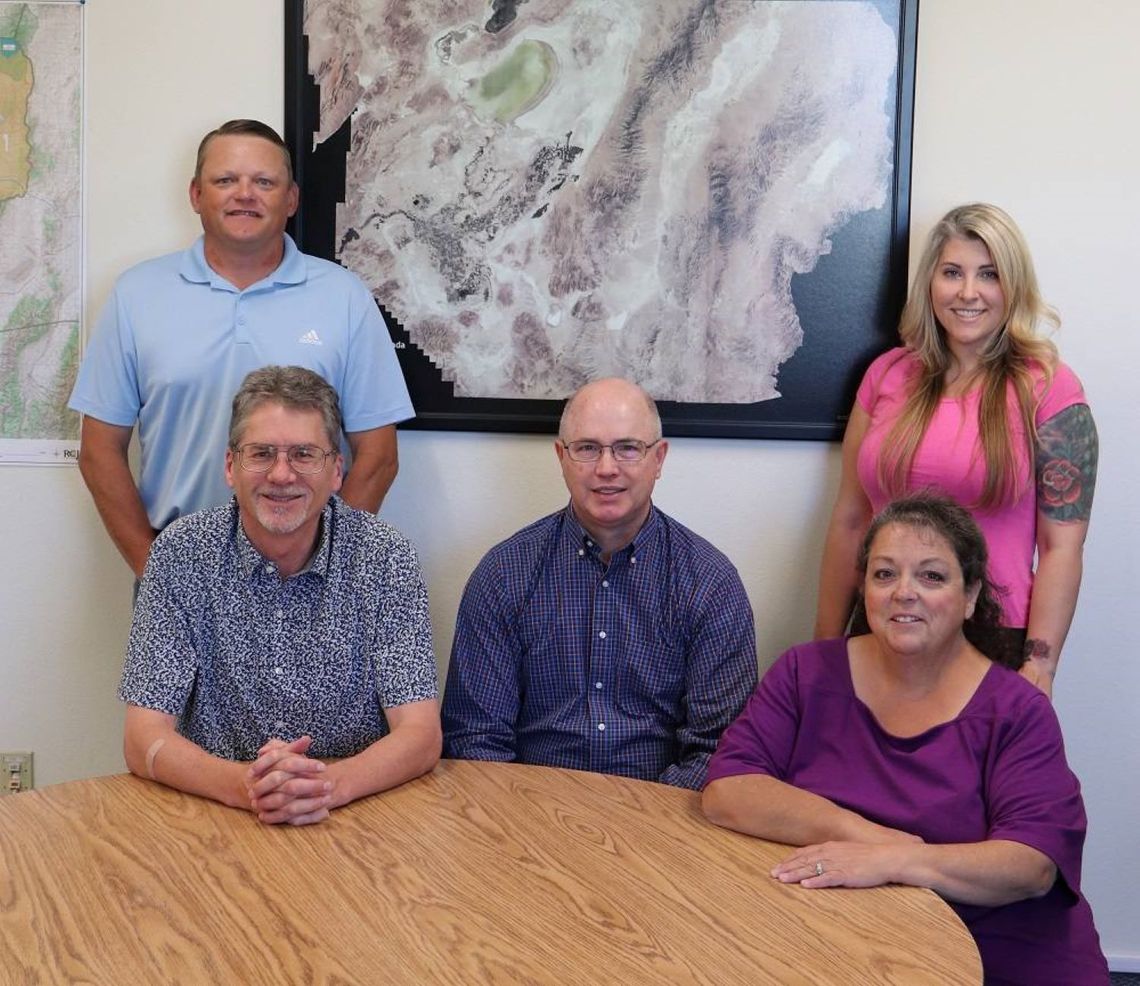
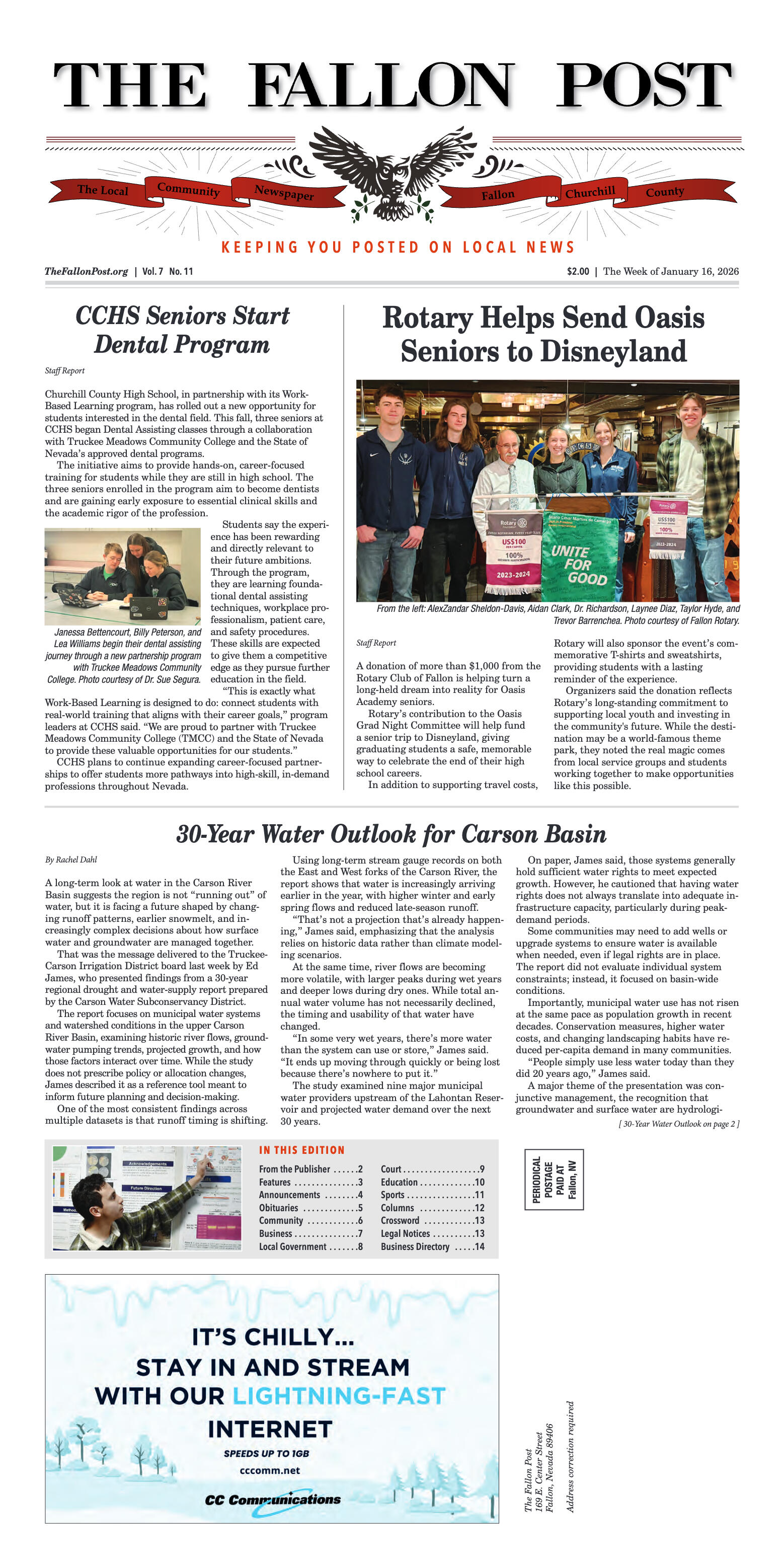

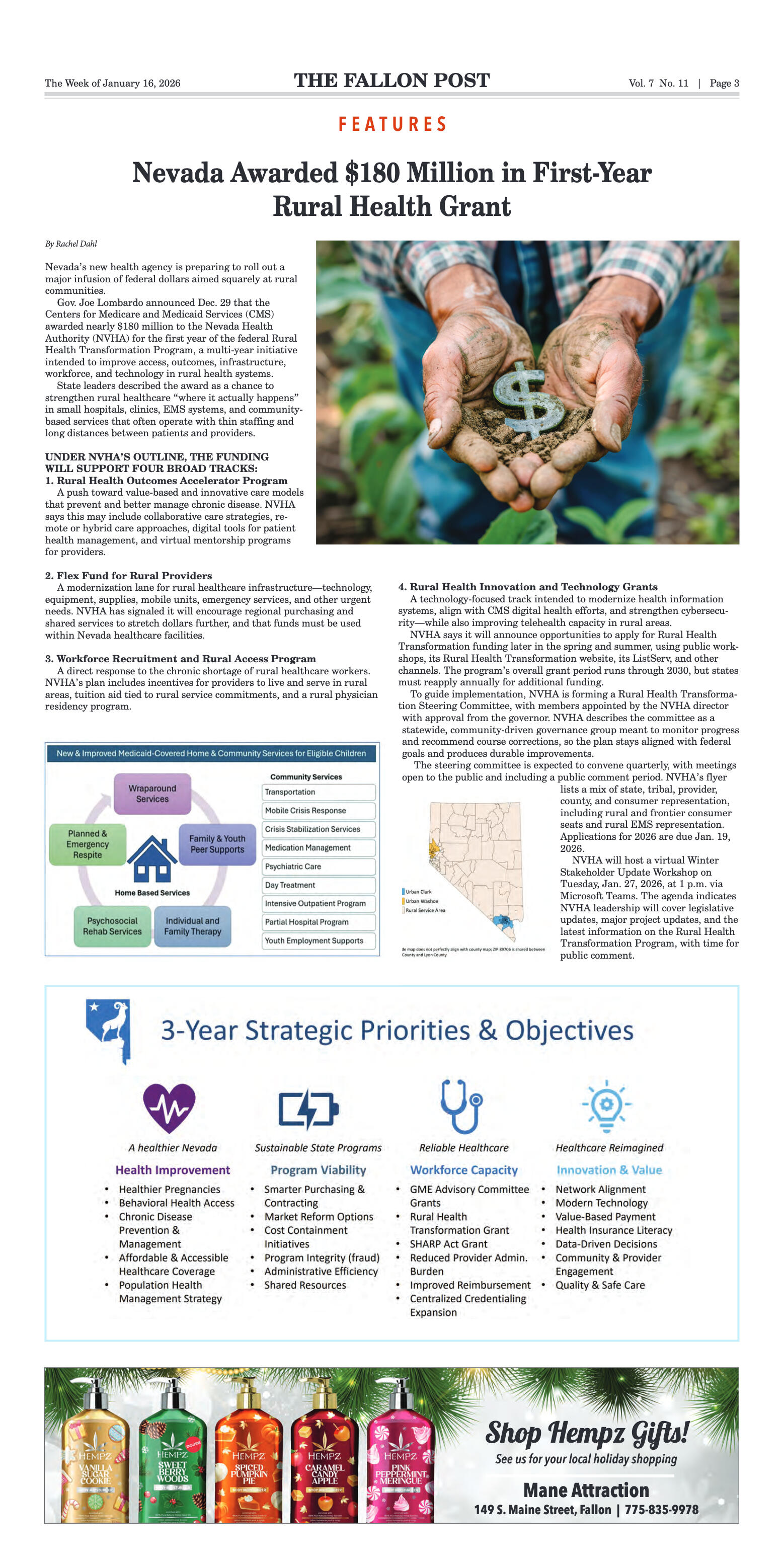

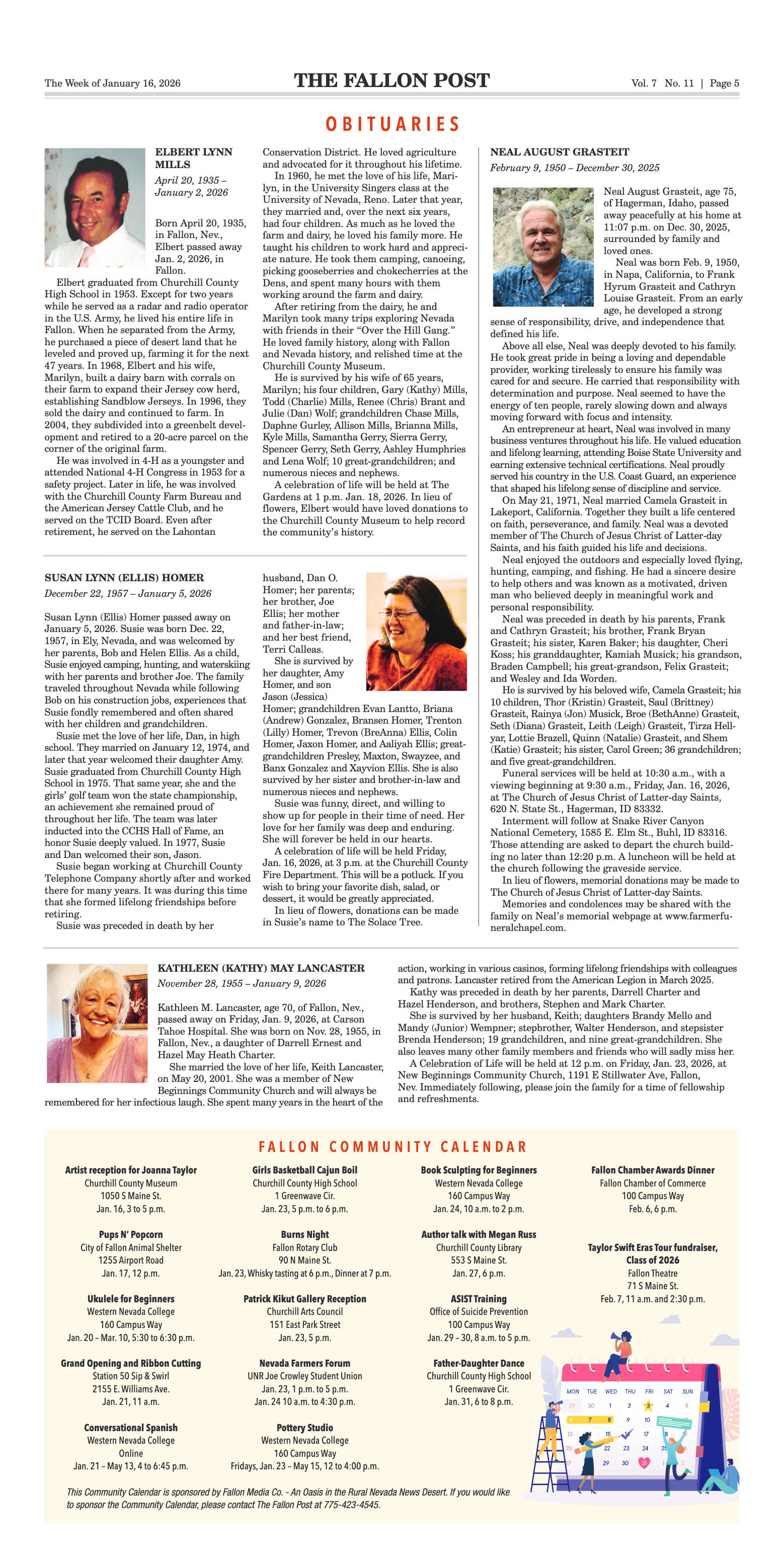
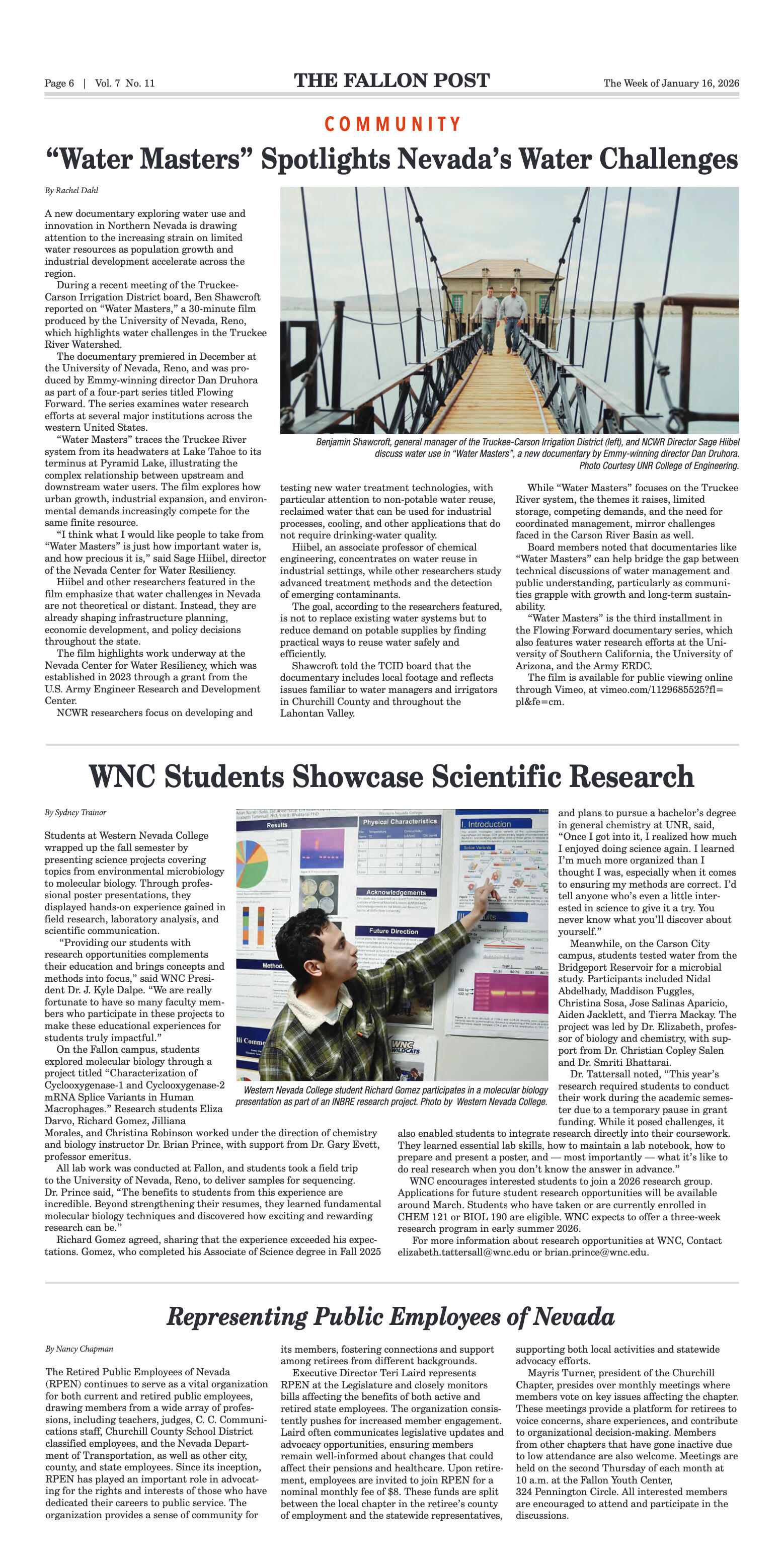

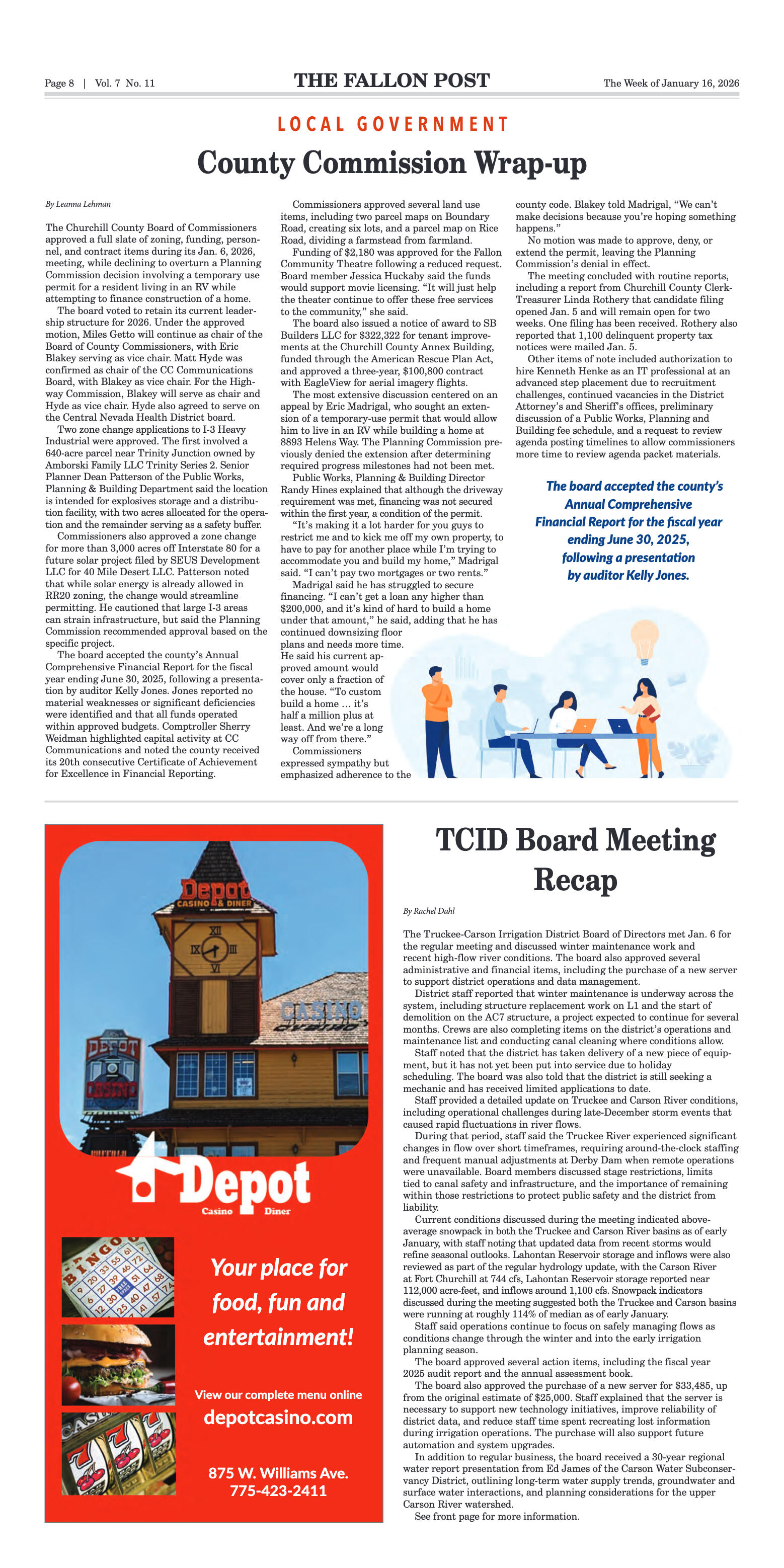
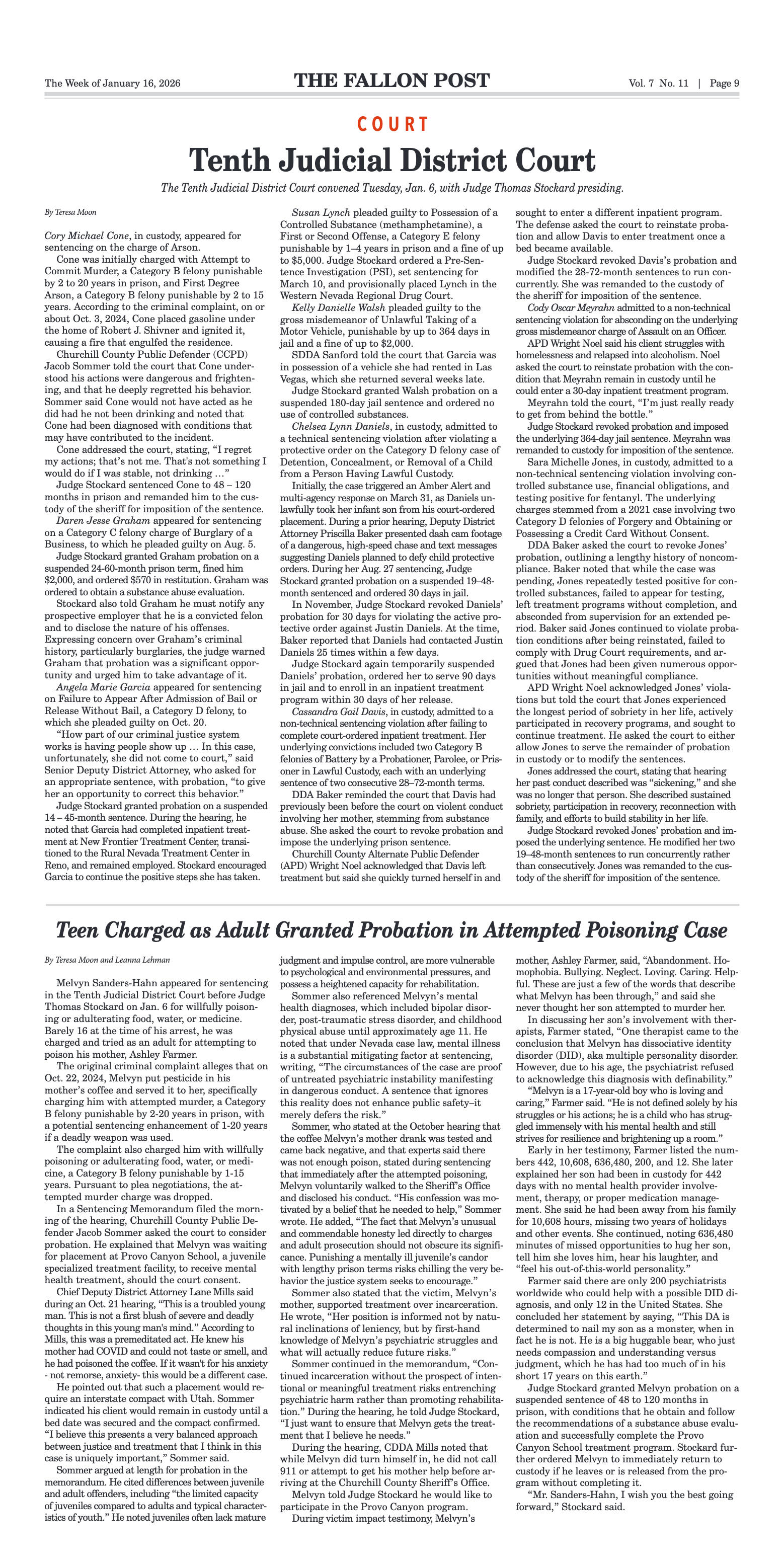
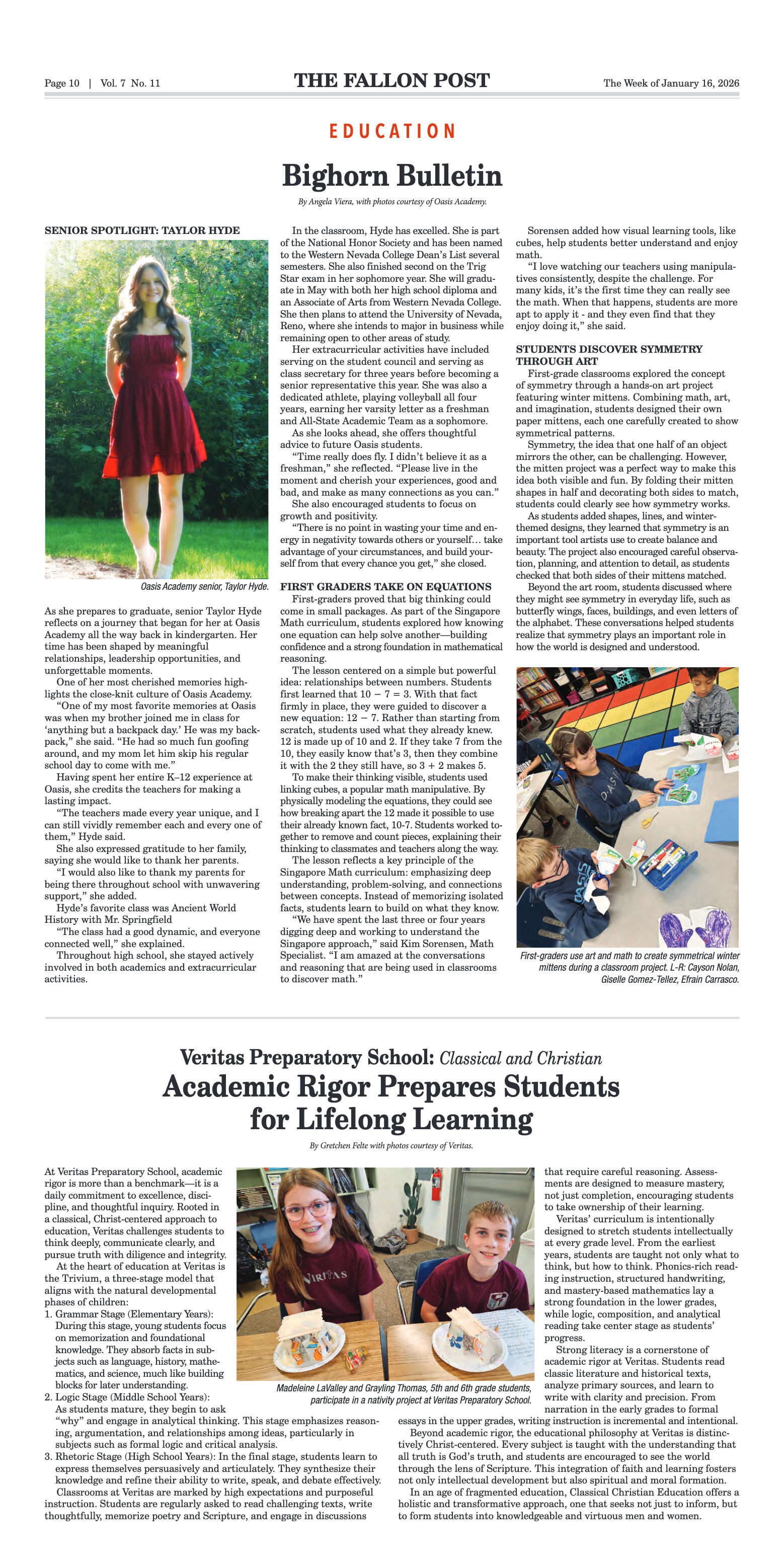




























Comment
Comments